We Proudly Serve

6 Signs That You Need a Roof Replacement
Most property owners delay replacing their roofs, but that's probably because they have not considered the benefits that come with getting a new roof. For instance, according to Home365, a replacement roof has an ROI of 85% or more. So while replacing your roof can be a major investment, you can still recoup a good portion of your investment costs if you plan to sell down the line.
Therefore, when the time comes to get a new roof, it helps to be proactive by watching out for the following signs and taking immediate action.
Your Roof Has Aged
Inspecting your roof and looking for signs of extensive damage isn't always easy. Sometimes you may miss hidden signs if you don't know what to look for. However, there's one factor that you can always rely on if you want to know whether it's time to replace your roof. The age of your roof is a key factor because once your roof reaches the end of its lifespan, the wear and tear will make it inefficient at protecting your home from harsh elements.
With an aged roof, repairs are usually not an effective solution because there's not much you can do to fight natural wear and tear. The longevity of your roof will depend on the material used. Asphalt shingles can last between 15 and 30 years, while metal roofs can last between 30 and 40 years. If you live in an area with inclement weather or haven't been vigilant about roof maintenance, then the longevity of your roof could be even lower. In any case, the best option for dealing with an aged roof is to replace it.
Your Shingles Are in a Bad State
When it's time to replace your roof, an inspection of your shingles should give you the answers you need. If the shingles are no longer up for the job of protecting your home, you'll see that some of them have curled edges, while others are cracked, missing, or damaged in some way. The shingles will also lose a lot of their granules, and these granules will start accumulating in your gutters.
Your Roof Has Multiple Leaks
This is one of the most common signs that your roof can't keep up anymore. While a small leak is easy and cheap to patch up, sometimes you'll find that the leaks are all over the place and there's nothing small about them. Trying to repair a roof in this condition may not make sense because the costs will be so high you might as well invest in a new roof. If you wait too long to replace a leaky roof, you'll likely end up with interior water damage, which is even more expensive to repair.
Your Roofline Is Sagging
Your roof should be sturdy and strong to provide adequate protection against strong winds and other inclement weather. That's why you should be worried if you notice sagging at any point along the roofline. A sagging roof might mean that your roof deck has weakened. This requires immediate action to repair the structural integrity of your roof.
Your Roof Has Suffered Storm Damage
Your roof could be perfectly fine one day, but if a furious storm comes along, you might find yourself suddenly needing a
roof replacement. Unfortunately, no matter how durable or strong your roofing material is, it's not always able to withstand hail storms, heavy rainstorms, hurricanes, or tornadoes. After a storm, you should schedule an inspection to see how much damage you have on your hands. If the damage is great, the function of your roof is now compromised and you'll soon start experiencing serious issues like leaks and water damage. Roof replacement can save you from this scenario.
Moss Has Spread on Your Roof
If moss is growing on your roof, it may not necessarily seem like a bad thing. But if the moss has spread everywhere, then that's a sign of underlying moisture problems. This hidden damage could be so extensive that you'll need a roof replacement to fix it. So the next time you see moss growing on your roof, don't let it fool you and instead schedule an inspection as soon as you can.
Keeping an eye on these signs should be able to give you the verdict on whether the time is right for a roof replacement. If the signs indicate you need a new roof, take immediate action and contact us today. We have a team of roofing experts ready to help you upgrade your roof so you can capitalize on the great benefits of roof replacement.
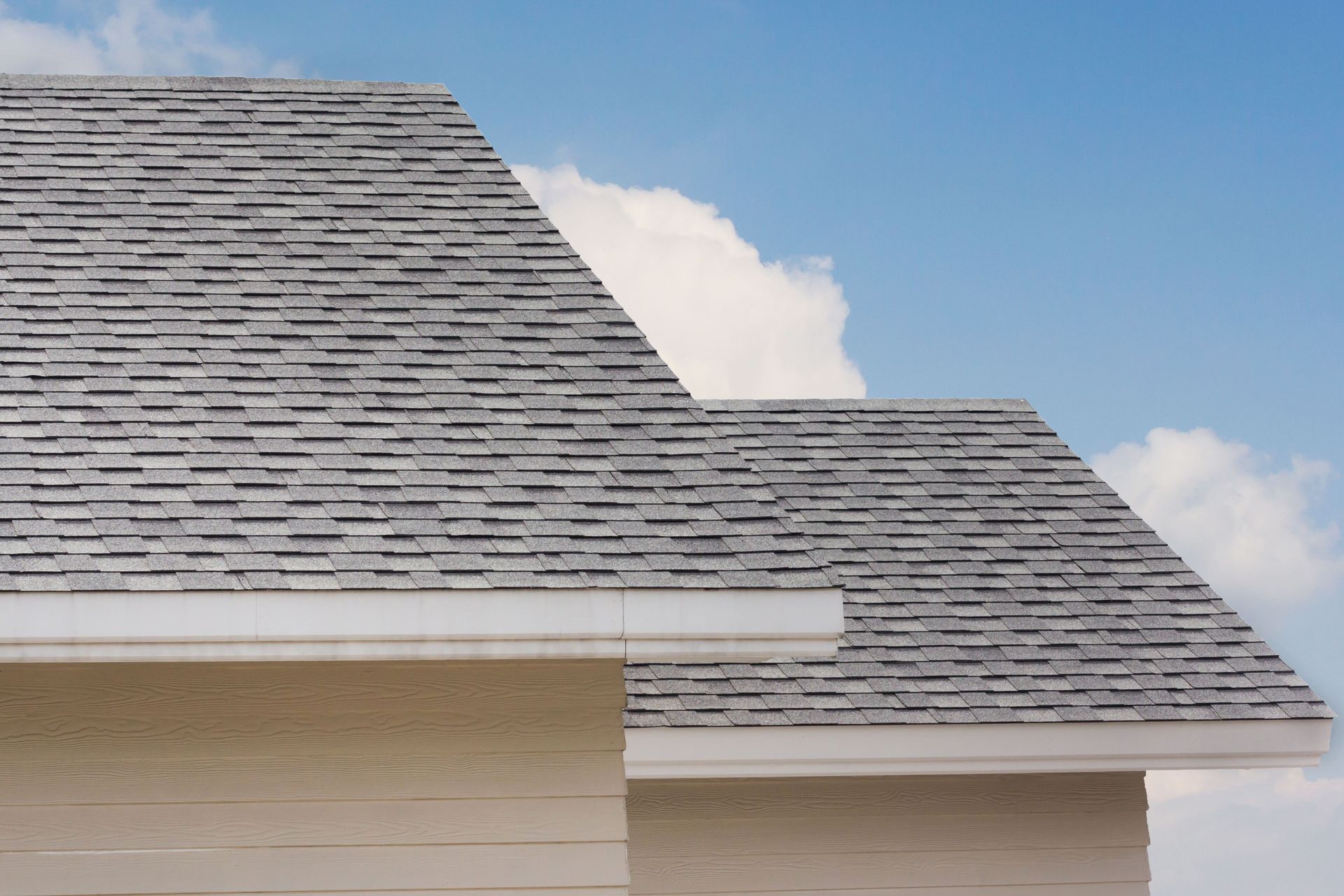
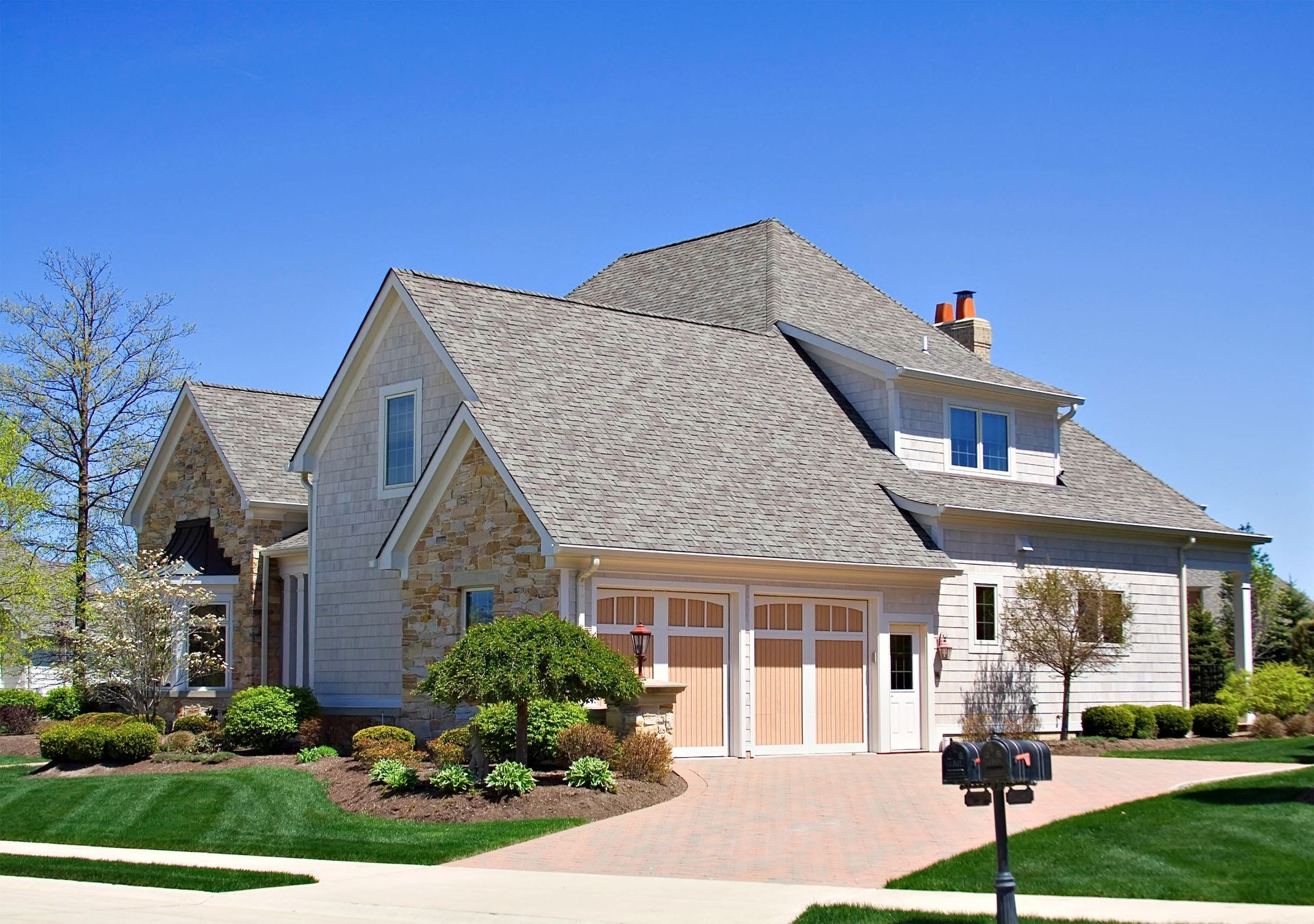
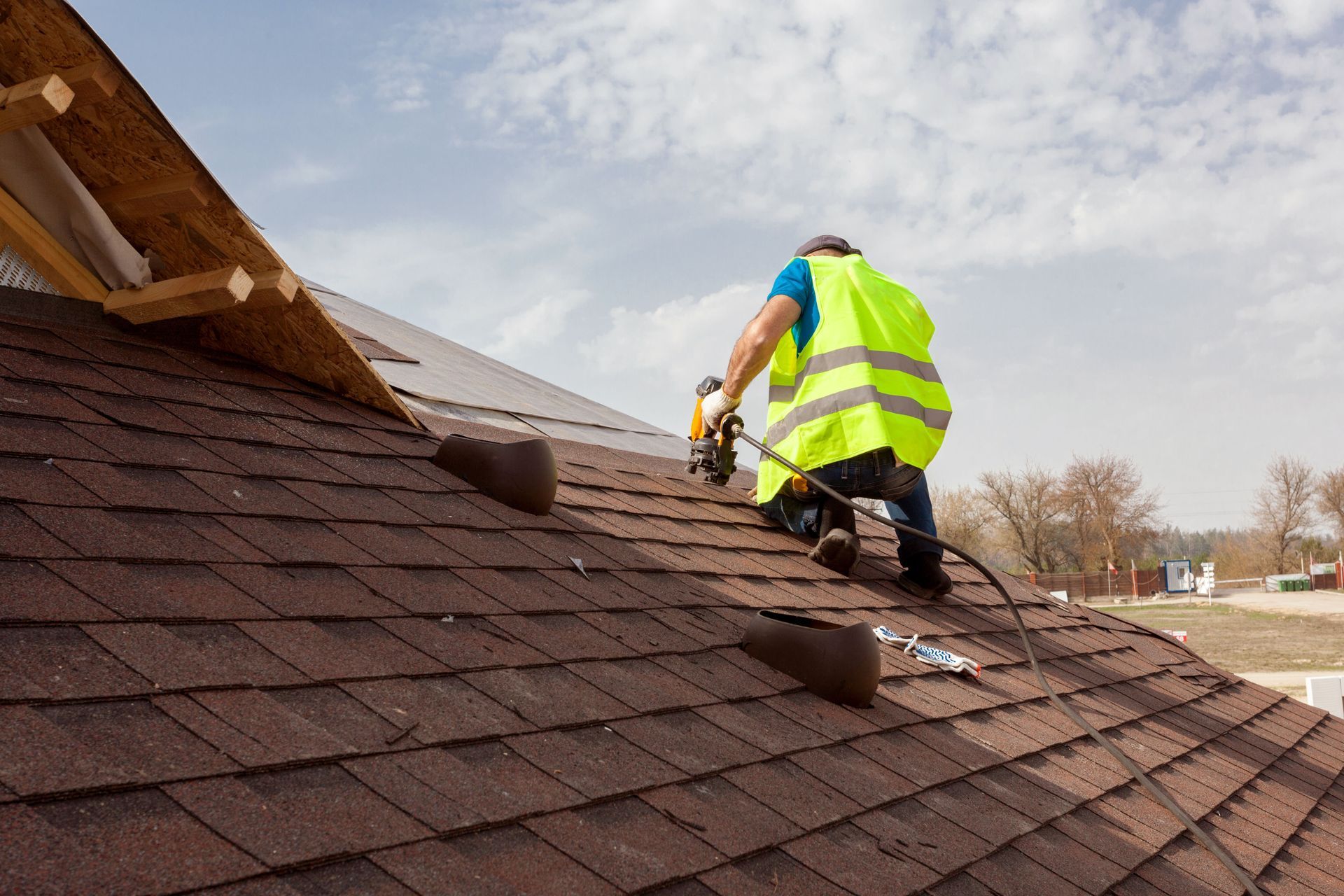
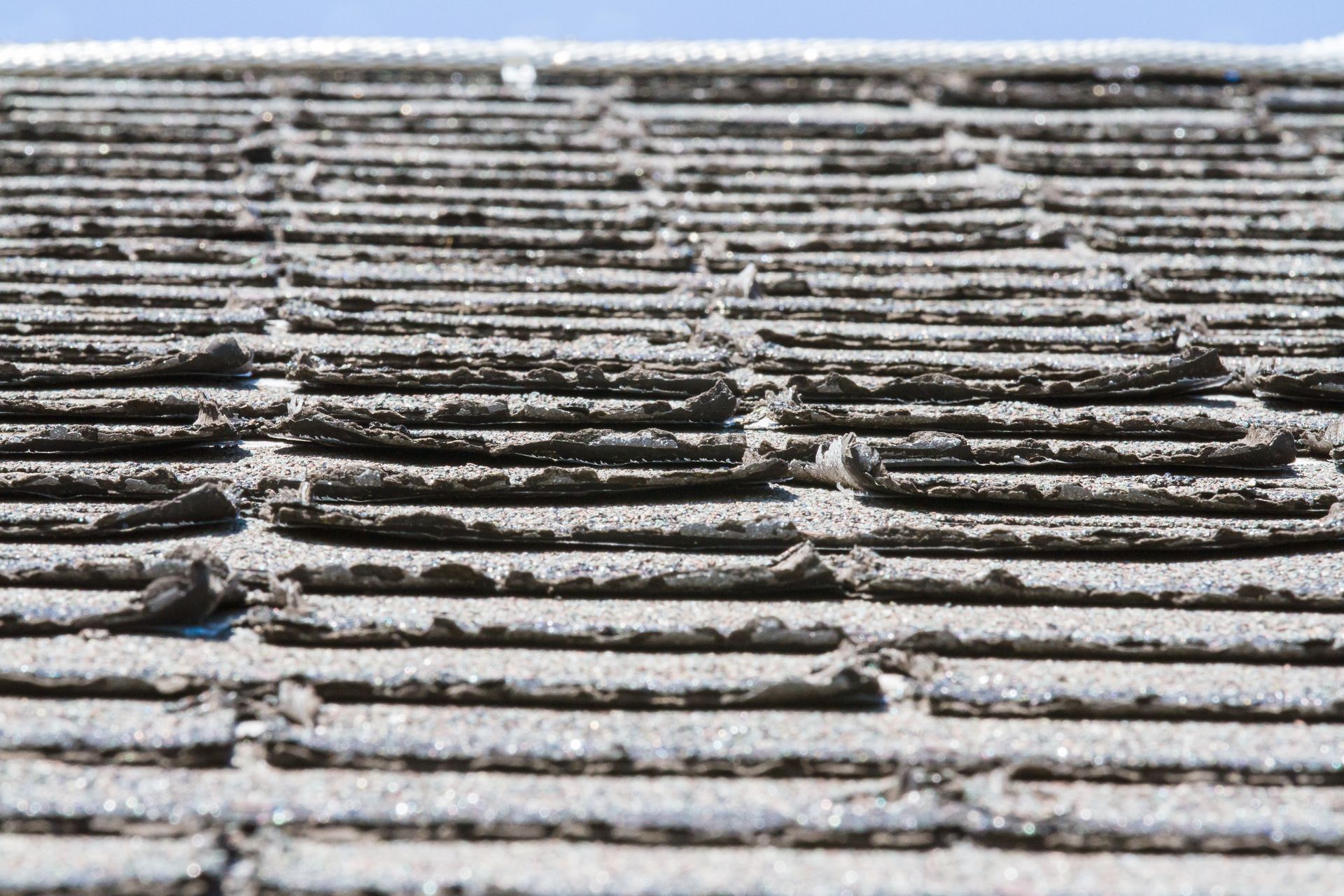
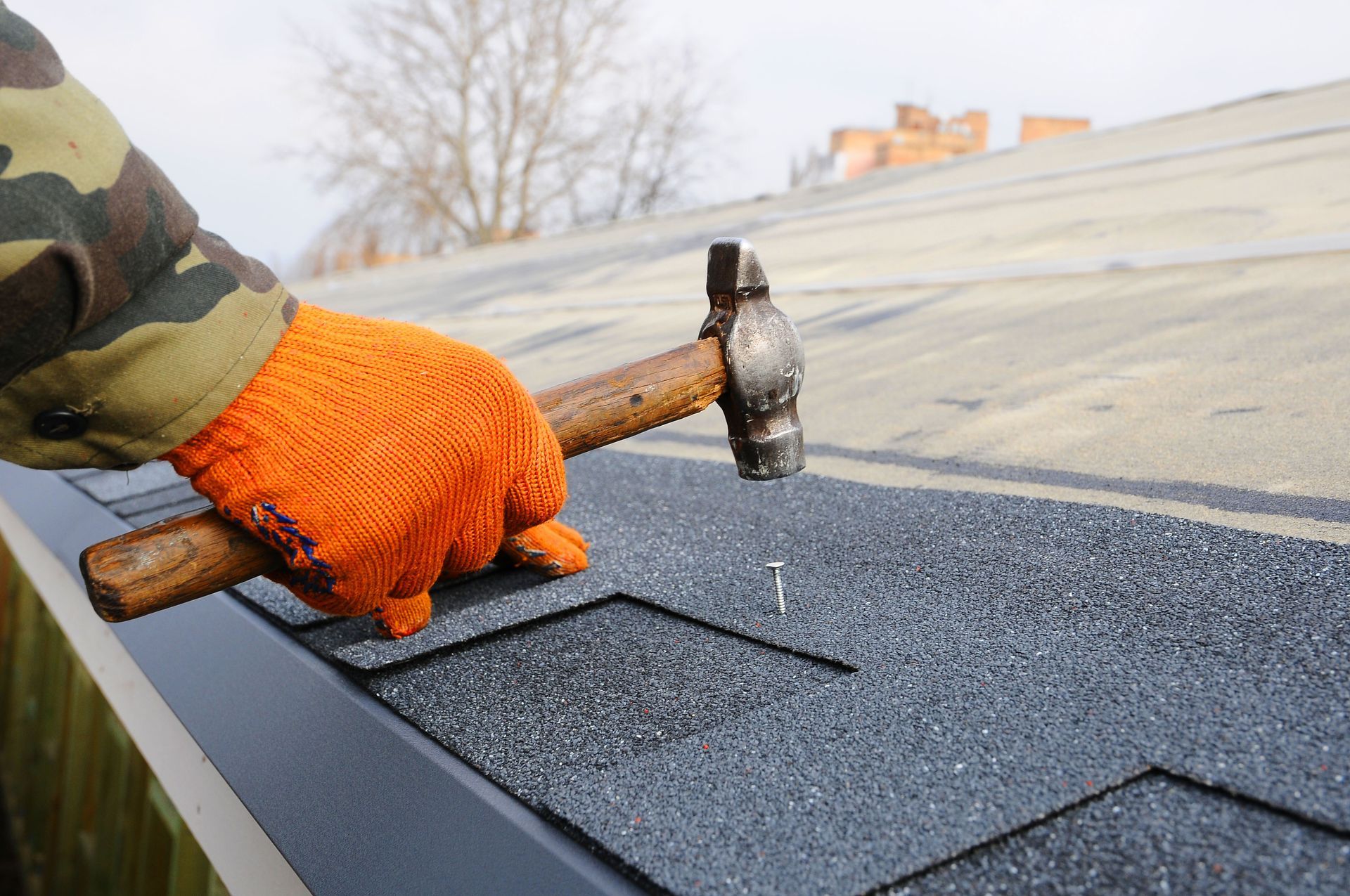
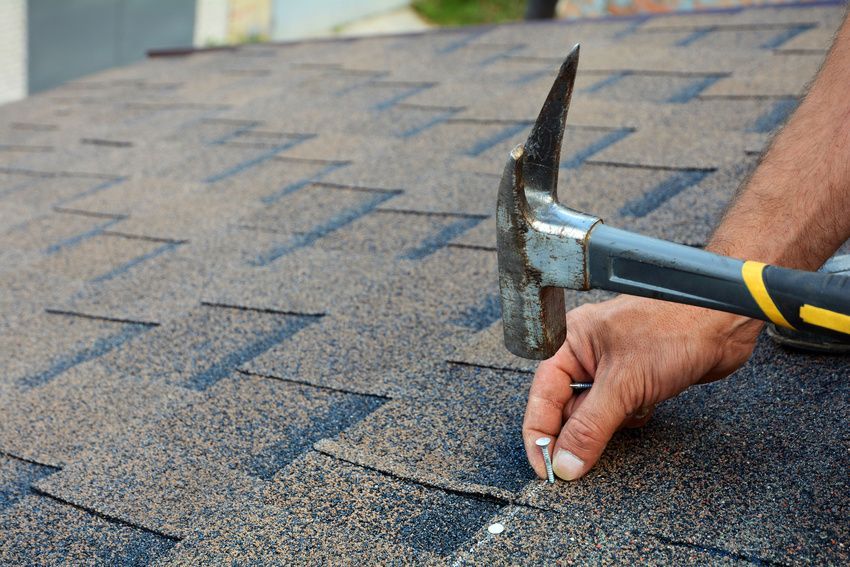
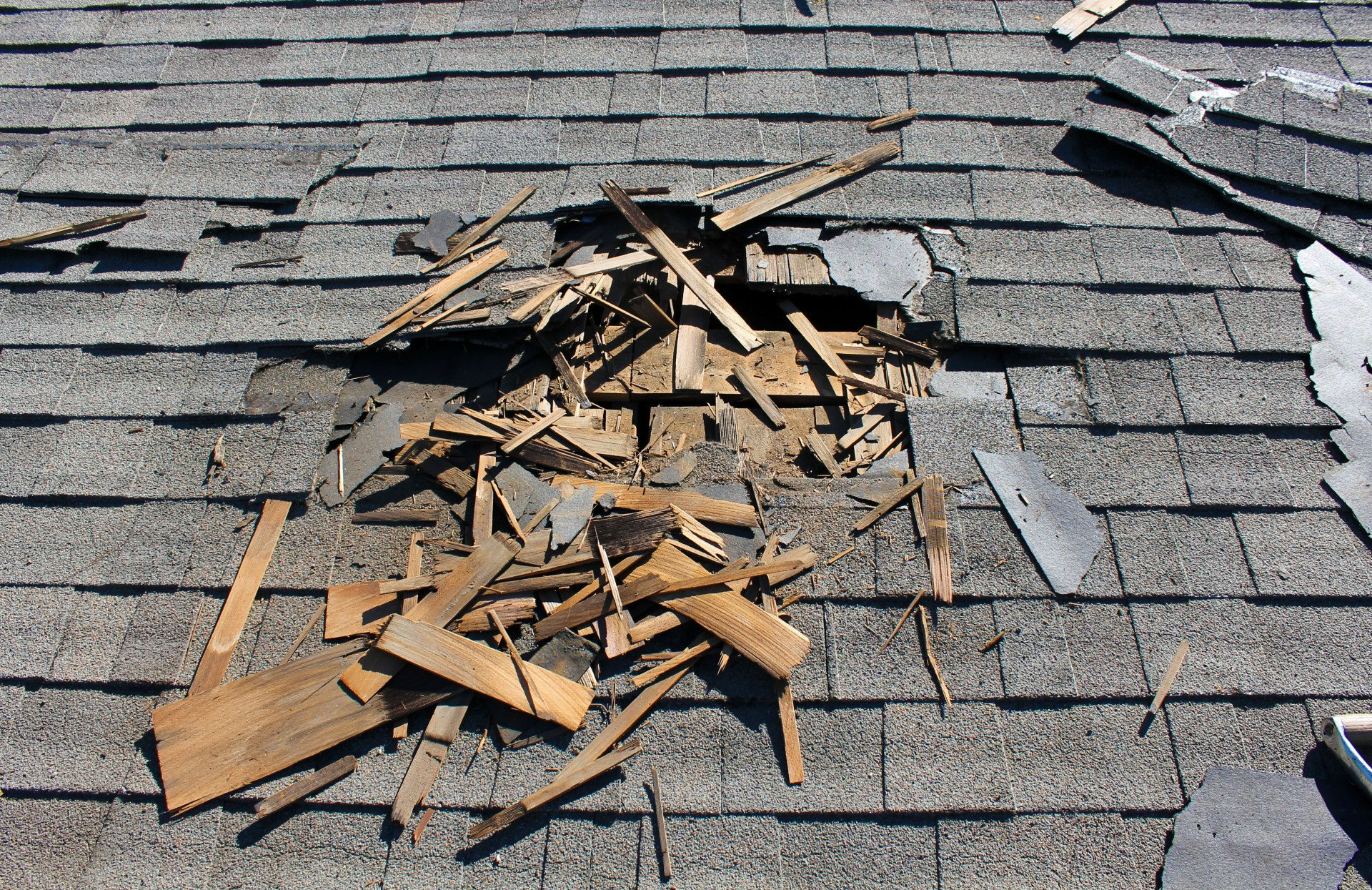
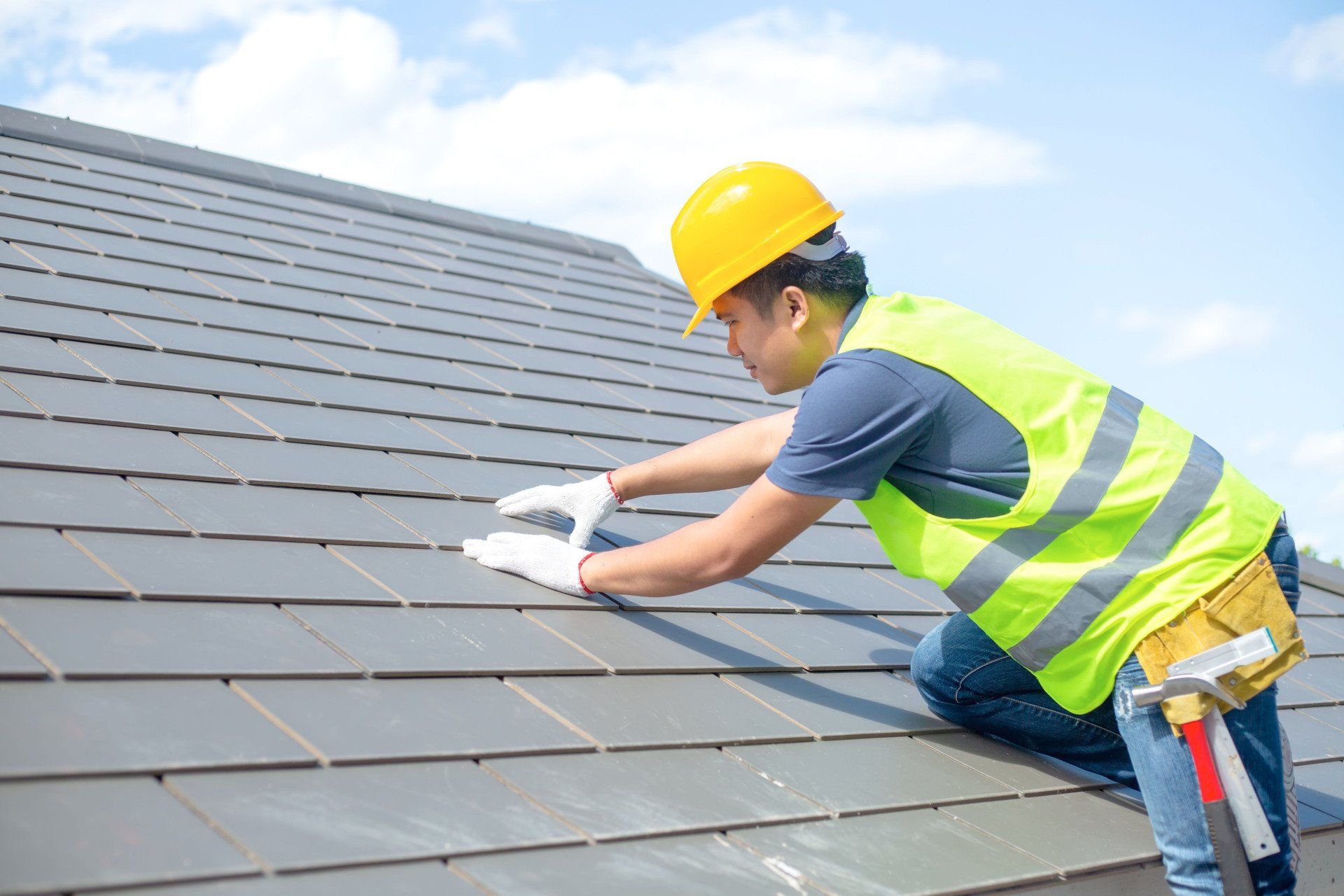
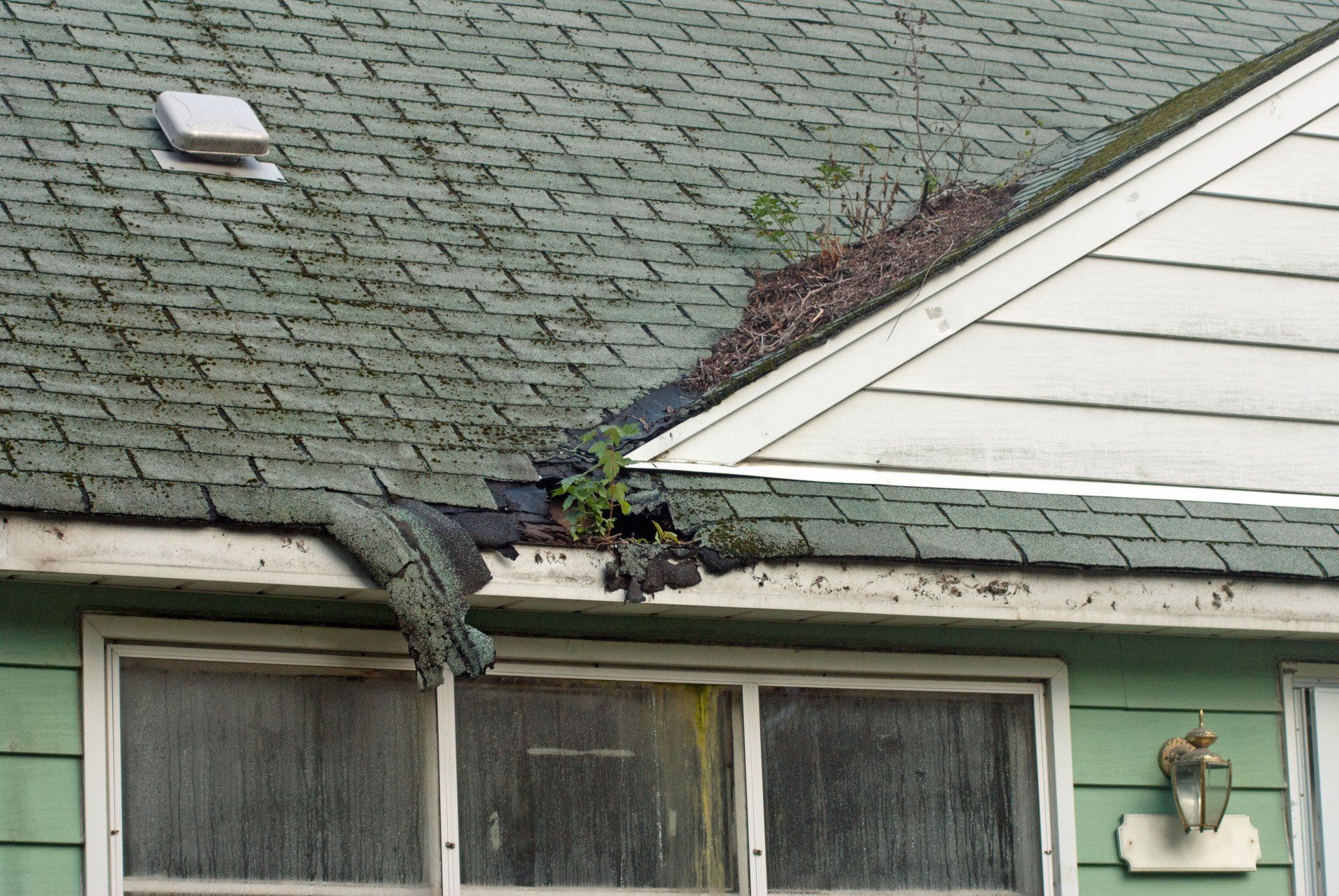
Share On: